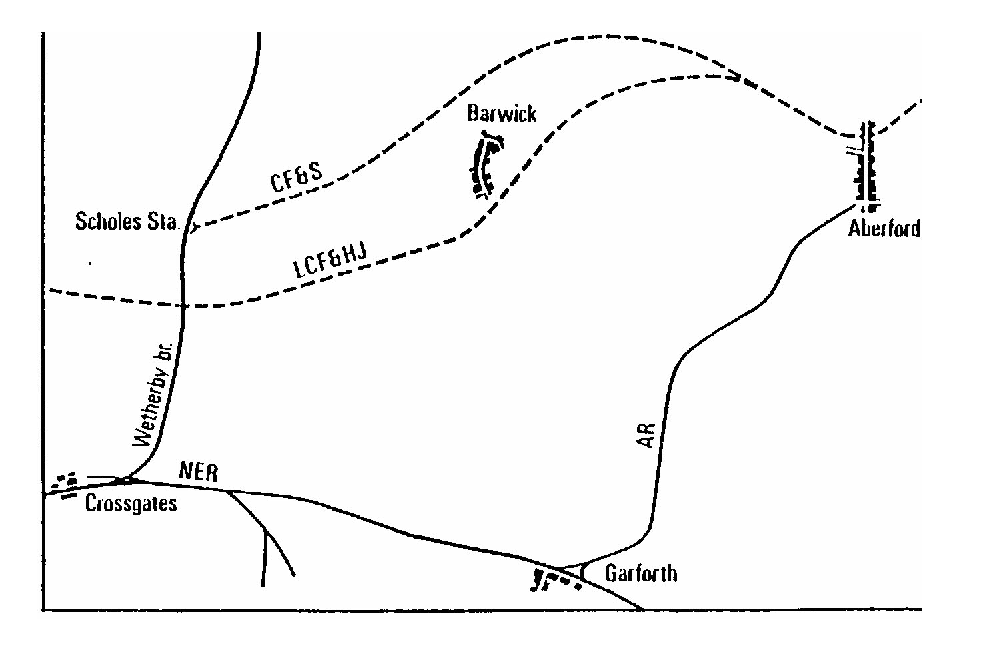| 'As a child of 7-9 years, my parents took me on at least two
occasions, maybe three, on this train. Part of the day was spent
at a Hay Day Festival, I don't think this was in Aberford - maybe
in Barwick, but the high light to me was the ride. It was always
beautiful weather and even now, when our local bus has to move
close to the side of the road to let another vehicle have room to
pass, and the branches of the trees brush against the windows, I
am immediately taken back to the rides on that wonderful railway
where it was always Spring.' |


